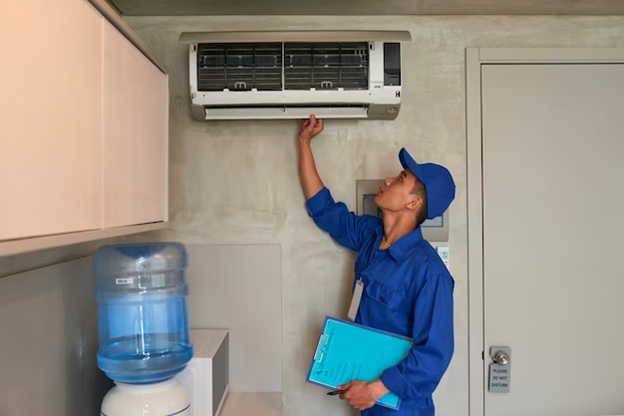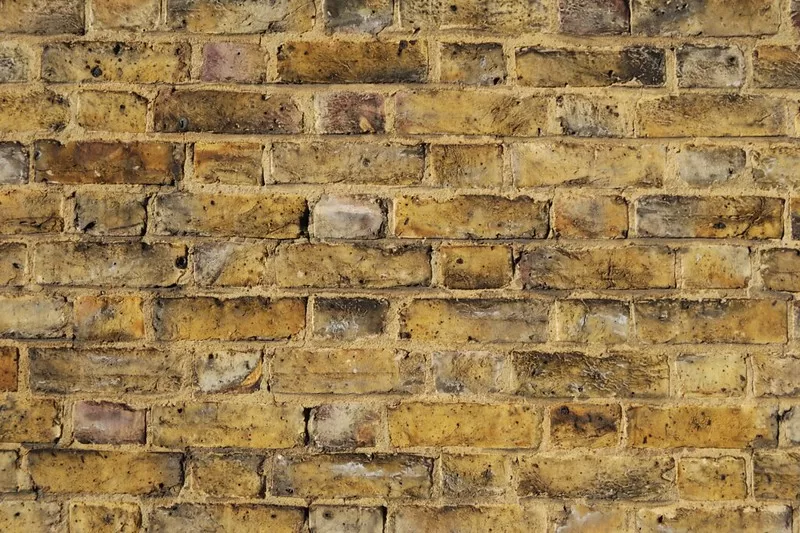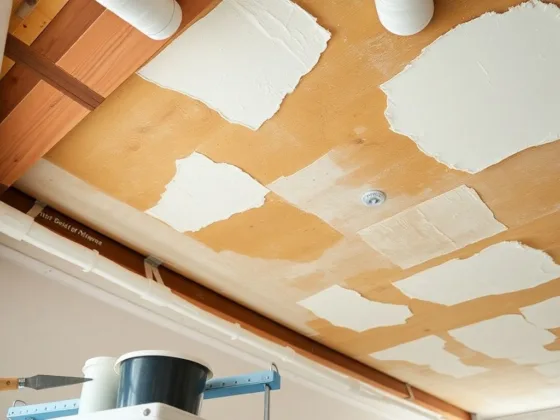You wake up and the house is freezing cold. Uh oh. Could there be something wrong with your furnace? Before you panic, let this article be your guide to one of the most common furnace problems. Let’s talk about heat exchanger issues.
Don’t worry, we’ll walk you through everything you need to know about these important furnace components.
You’ll learn what these components do and what can go wrong with them. This article will cover how to spot the warning signs, and whether repair or replacement is best.
We’ll keep it simple with no scary technical jargon. In no time, you’ll gain a beginner’s working knowledge of furnace heat exchangers. Stay cozy!
What Is a Furnace Heat Exchanger and How Does It Work?
The furnace heat exchanger is the most important part of the furnace. It is essentially a giant metal tube or chamber that transfers heat from the furnace flame to the air in your home.
- The heat exchanger sits between the actual furnace burner and the blower motor.
- When the furnace burner ignites to heat your home, the flames and extremely hot gases pass along and around the radiator, heating up the metal walls.
- A blower fan then pulls cool air from your home through the heat exchanger. As this air passes over the hot metal walls, the heat gets transferred to the air.
- By the time the now warm air exits the radiator and moves through your home’s ducts, it has gained roughly 60-80 degrees in temperature.
So in essence, the furnace heat exchanger acts like a big metal transmission line for the heat. It prevents combustion gases and flames from entering the ductwork while allowing heat transfer to take place so your home can be heated.
Proper functioning and integrity of the air coil is therefore absolutely vital for efficient, safe furnace operation. Cracks or holes in the exchanger walls can allow carbon monoxide and other dangerous combustion byproducts to leak out of the furnace and circulate in your home.
Signs Your Furnace Heat Exchanger Needs Replacing
Your furnace’s thermal transfer unit is one of its most critical components. This metal chamber transfers heat from the burners to the air that circulates throughout your home. Over time, normal wear and tear can damage the heat exchanger, reducing efficiency and posing safety issues.
As a heat exchanger deteriorates, several warning signs may indicate that replacement is necessary:
- Decreased Airflow. If your HVAC system seems weak or rooms feel drafty, airflow may be restricted by cracks or holes in the heat exchanger. This reduces efficiency and can be a fire hazard.
- Higher Utility Bills. A damaged air coil causes your furnace to work harder to maintain temperature. You’ll notice increased energy usage each month.
- Strange Sounds. Listen for odd noises when your furnace switches on, like banging or loud whistling. This points to problems like cracks or separating seams.
- Carbon Monoxide Leaks. A compromised exchanger can leak dangerous carbon monoxide into living spaces. Consider installing detectors near bedrooms as a safety precaution.
Replacing a faulty heatsink often means investing in an entirely new furnace. The job involves specialized skills and should be left to a professional HVAC technician. Continuing to use a damaged exchanger puts safety, efficiency, and indoor air quality at risk.
How to Replace Your Furnace Heat Exchanger Step-by-Step
Replacing your furnace heat exchanger is a complex task that should be tackled by the pro.
Read Also :
However, if you want to try it on your own, follow these steps:
- Turn off the power to the furnace and turn off the gas supply. For safety, make sure the gas is off and all power is completely disconnected before proceeding further.
- Remove the casing around the radiator. Carefully remove screws or fasteners and slide out metal casing panels to fully expose the heat exchanger.
- Disconnect and remove burners. Detach gas line and electrical connections to burners. Remove screws or fasteners securing burners and lift burners out.
- Disconnect exhaust and intake pipes. Loosen clamps and slide pipes off the thermal exchange unit ports. Cap pipes to prevent debris from falling in.
- Disconnect wiring. Label wires and disconnect them from sensors, gas valves,s and other components mounted on the heat exchanger.
- Remove the old heat exchanger. Take out the screws securing the heatsink to the furnace. Carefully lift the old unit out, watching for any caught wires.
- Install new heat exchanger. Carefully lower the new unit, reconnect screws, and reattach components like a gas valve.
- Reconnect wiring, pipes, and burners. Refer to labels and diagrams to ensure correct connections. Leak test gas line.
- Replace casing, and restore power and gas. Turn on and test furnace operation. Monitor for any issues.
Replacing the HVAC airfoil requires expertise and care. Consider consulting a furnace professional to ensure it’s done safely and correctly.
What Happens If You Neglect Heat Exchanger Issues?
If you neglect heat exchanger issues for too long, several problems can occur:
- Reduced efficiency. As the exchanger becomes corroded and clogged with debris, it loses its ability to transfer heat effectively. This means your furnace has to work harder to keep your home warm, using more energy and costing you more money.
- Premature furnace failure. The extra strain placed on a furnace with a damaged heat exchanger can lead to a shorter lifespan and more frequent breakdowns that require expensive repairs.
- Higher carbon monoxide levels. A compromised heat exchanger is unable to properly vent exhaust gases outside. This causes carbon monoxide to build up inside your home, posing a serious health hazard and safety risk to your family.
- Fouled indoor air. As the exchanger deteriorates, it can begin to leak debris and particles into your home’s air supply, reducing air quality and potentially irritating airways and causing respiratory issues.
- Risk of fire. In severe cases of heat exchanger damage, exposed components can overheat and potentially cause a furnace fire that spreads to the rest of your home.
The best practice is to inspect your furnace and heat exchanger annually and replace any damaged components at the first signs of trouble. This will keep your system running safely and efficiently for many years to come.
Conclusion
So there you have it – everything you need to know to become a furnace heat exchanger expert!
From understanding how they work to signs they need repair or replacement, you now have the knowledge to make informed decisions about this important part of your HVAC system.
Maintaining and replacing your air coil as needed will keep your furnace running safely and efficiently for years to come. Knowing the costs involved allows you to budget appropriately.
Armed with this guide, you can work with radiator issues with confidence. Now get out there and put your new skills to work – and may you never have to deal with a cracked heat exchanger!










